Life
Sign up for our newsletter
We summarize the week's scientific breakthroughs every Thursday.
-
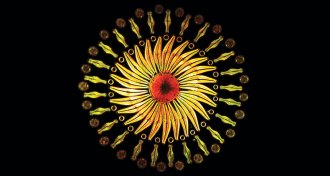 Ecosystems
EcosystemsEncased algae create kaleidoscope of color
The skeletons of diatoms, algae that produce oxygen but also form toxic blooms, can create beautiful microscopic designs.
-
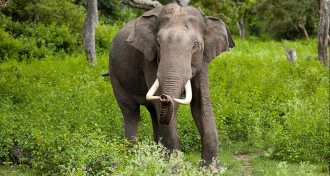 Animals
AnimalsOn the importance of elephant poop
Asian elephants are key dispersers for tree seeds. A new study finds that buffalo and cattle can also disperse the seeds, but not nearly as well.
-
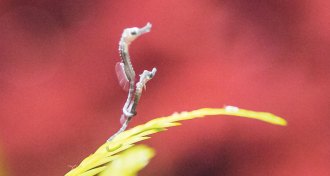 Animals
AnimalsToddler seahorses are bumbling and adorable
Rice-grain-sized youngsters can’t yet get a grasp with their tails.
By Susan Milius -
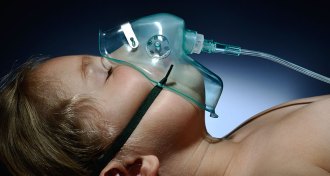 Neuroscience
NeuroscienceAge affects brain’s response to anesthesia
Anesthesia has different effects on young and old brains.
-
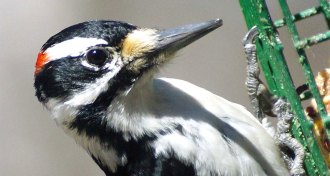 Animals
AnimalsHelp ornithologists develop bird photo ID tool
Cornell ornithology lab’s computer identification of common North American avian species needs your photos.
-
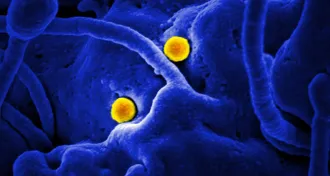 Life
LifeAntibody that fights MERS found
Scientists have isolated a human immune protein that fights the MERS virus in mice.
-
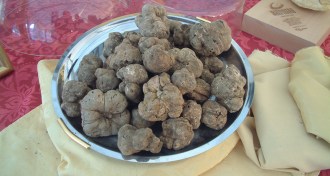 Life
LifeMicrobes’ role in truffle scents not trifling
Truffles make their prized aroma with a little help from their microbes, chemists suggest.
By Beth Mole -
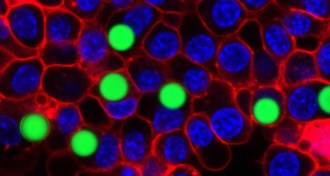 Life
LifeLaser light made inside cells
Microscopic beads and oil droplets become lasers when implanted into cells.
By Andrew Grant -
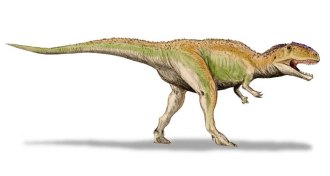 Paleontology
PaleontologyFossils illustrate evolution of life
Paleontologist Donald Prothero takes readers through the evolution of life on Earth from the earliest oozes of goo to our recent relative Lucy.
-
 Animals
AnimalsStinkbugs are color conscious when it comes to their eggs
P. maculiventris moms control the color of their eggs, seemingly pairing darker eggs with darker surfaces.
-
 Animals
AnimalsStink bug moms are color conscious when it comes to their eggs
P. maculiventris moms control the color of their eggs, seemingly pairing darker eggs with darker surfaces.
-
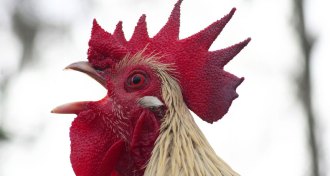 Animals
AnimalsSocial pecking order gives roosters something to crow about
Small groups of laboratory roosters keep to the rankings for orderly morning crows.
By Susan Milius